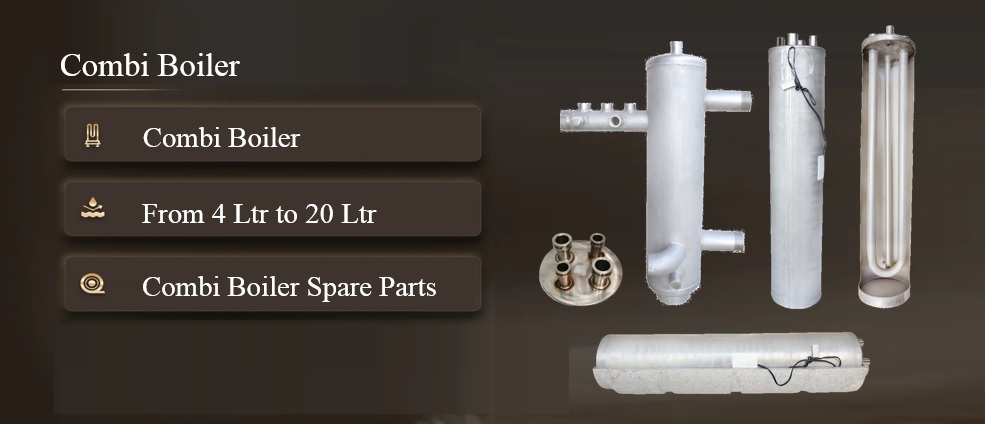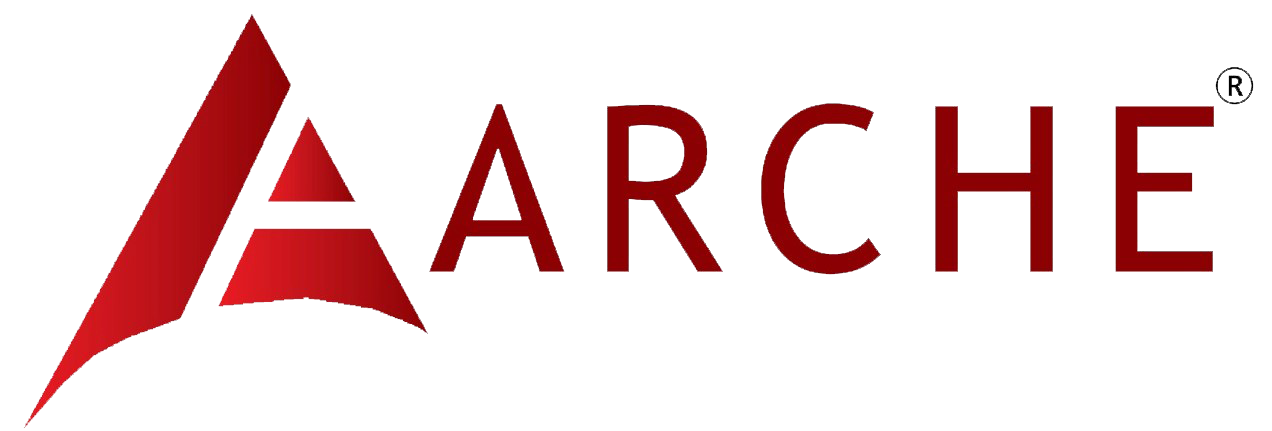Manufacturing heating elements for Combi Boilers involves precise engineering to ensure efficiency, durability, and safety. Combi boilers provide both central heating and instant hot water, so their heating elements must handle high thermal loads and frequent cycling. Here’s an overview of the key aspects of manufacturing these components:
1. Types of Heating Elements in Combi Boilers
Combi boilers typically use:
– Immersion Heaters (Electric Boilers): Electric resistance elements submerged in water.
– Gas Burners (Gas Boilers): Metal heat exchangers (e.g., copper or stainless steel) heated by gas flames.
– Plate Heat Exchangers: For rapid heat transfer between primary (heating) and secondary (tap water) circuits.
This response focuses on electric immersion heaters and gas boiler heat exchangers, the two most critical elements.
2. Materials Used
– Electric Heating Elements:
– Sheath Material: Stainless steel, incoloy, or copper for corrosion resistance.
– Resistance Wire: Nickel-chromium (Nichrome) for high resistivity and heat tolerance.
– Magnesium Oxide (MgO): Insulating powder packed between the sheath and wire.
– Gas Boiler Heat Exchangers:
– Primary Heat Exchanger: Copper (for conductivity) or stainless steel (for corrosion resistance).
– Secondary Heat Exchanger (for DHW): Often stainless steel or aluminum.
3. Manufacturing Process
A. Electric Immersion Heaters
1. Wire Coiling: Nichrome wire is coiled into a helical shape to fit the sheath.
2. Sheath Preparation: A metal tube (stainless steel/incoloy) is cut to length.
3. Insertion & Insulation: The coil is placed inside the sheath, and MgO powder is compacted around it for insulation and thermal conductivity.
4. Sealing: Ends are welded shut, and terminals are attached for electrical connections.
5. Testing: Checks for resistance, insulation integrity, and leakage.
B. Gas Boiler Heat Exchangers
1. Metal Forming: Copper/stainless steel is bent or stamped into finned tubes or plates.
2. Brazing/Welding: Components are joined using high-temperature brazing (for copper) or TIG welding (for stainless steel).
3. Pressure Testing: Ensures no leaks under operational pressures.
4. Coating (Optional): Anti-corrosion coatings may be applied.
4. Quality Control
– Electric Elements:
– Dielectric strength testing (high-voltage insulation checks).
– Resistance and power output verification.
– Salt spray testing for corrosion resistance.
– Heat Exchangers:
– Flow testing to ensure no blockages.
– Thermal cycling tests to simulate long-term use.
– X-ray or ultrasonic inspection for weld integrity.
5. Key Challenges
– Corrosion Resistance: Limescale (in hard water areas) and condensate acidity (in gas boilers) can degrade materials.
– Thermal Stress: Repeated heating/cooling cycles can cause fatigue cracks.
– Efficiency: Design must maximize heat transfer while minimizing energy loss.
6. Industry Trends
– Smart Controls: Integration with IoT for adaptive heating.
– Eco-Friendly Materials: Recyclable or low-carbon-footprint alloys.
– Compact Designs: Smaller, high-output elements for space-saving boilers.
Feel free to contact us for your Combi Boiler heating elements manufacturing requirement.



